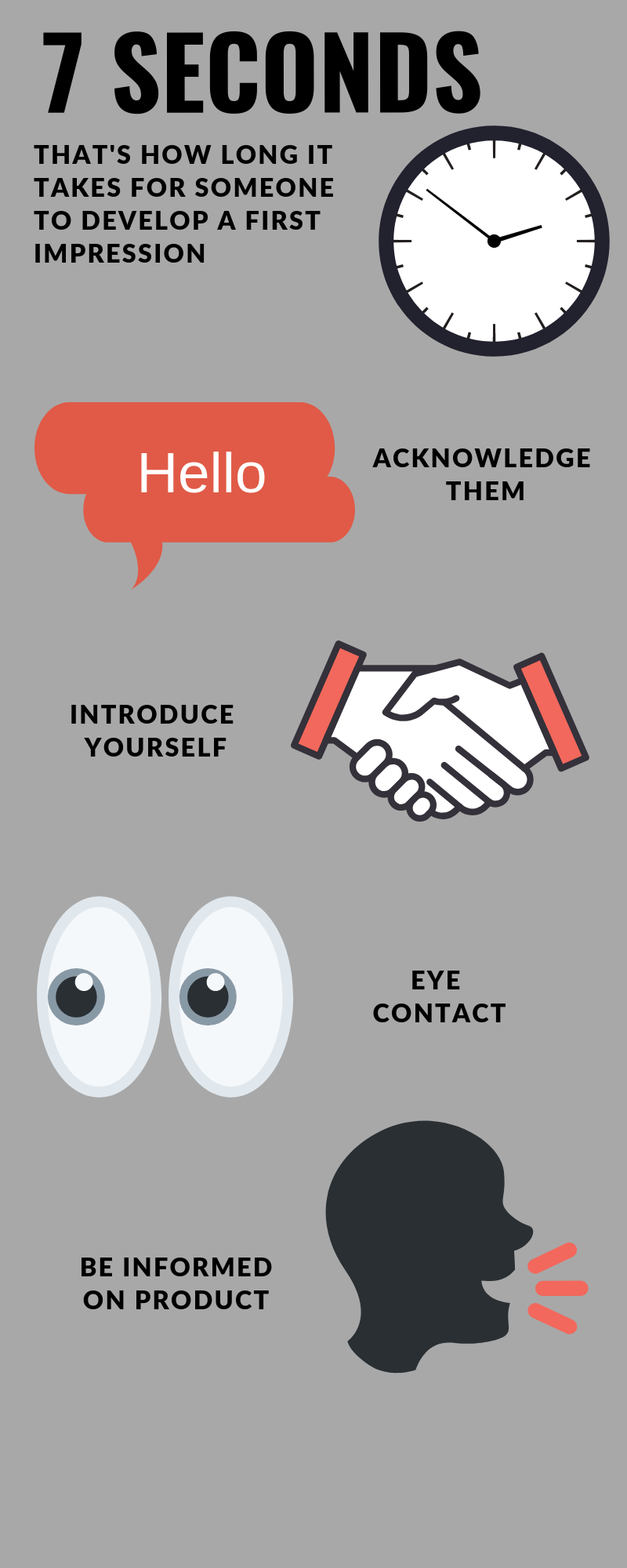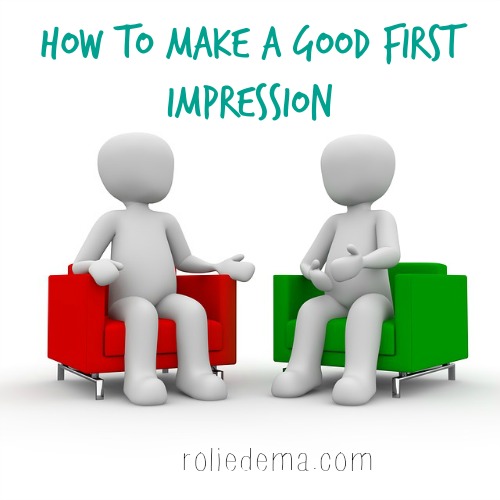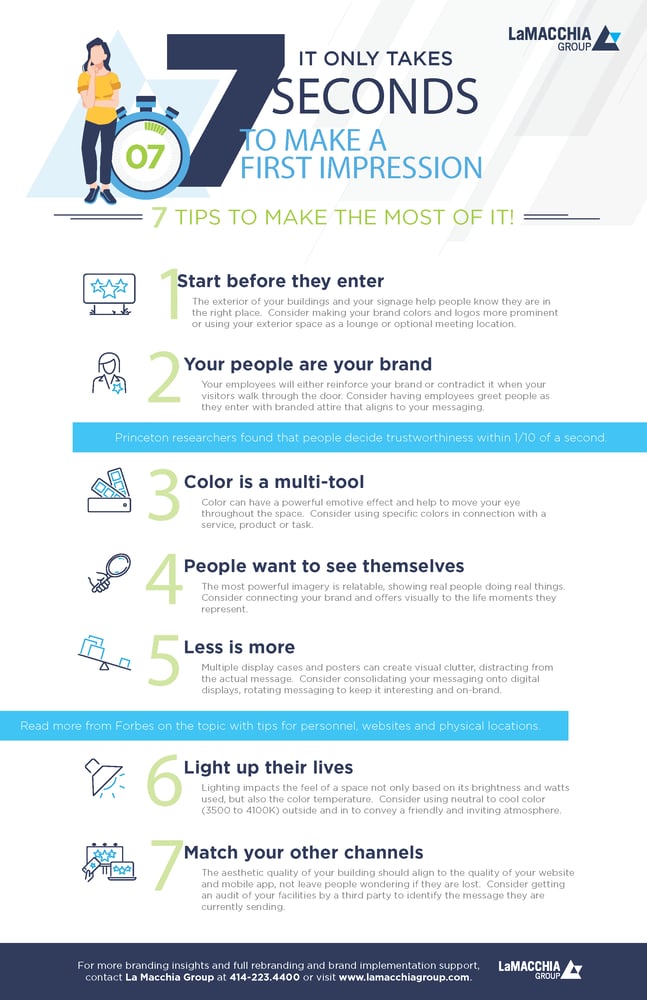How Long Does It Take To Make A First Impression
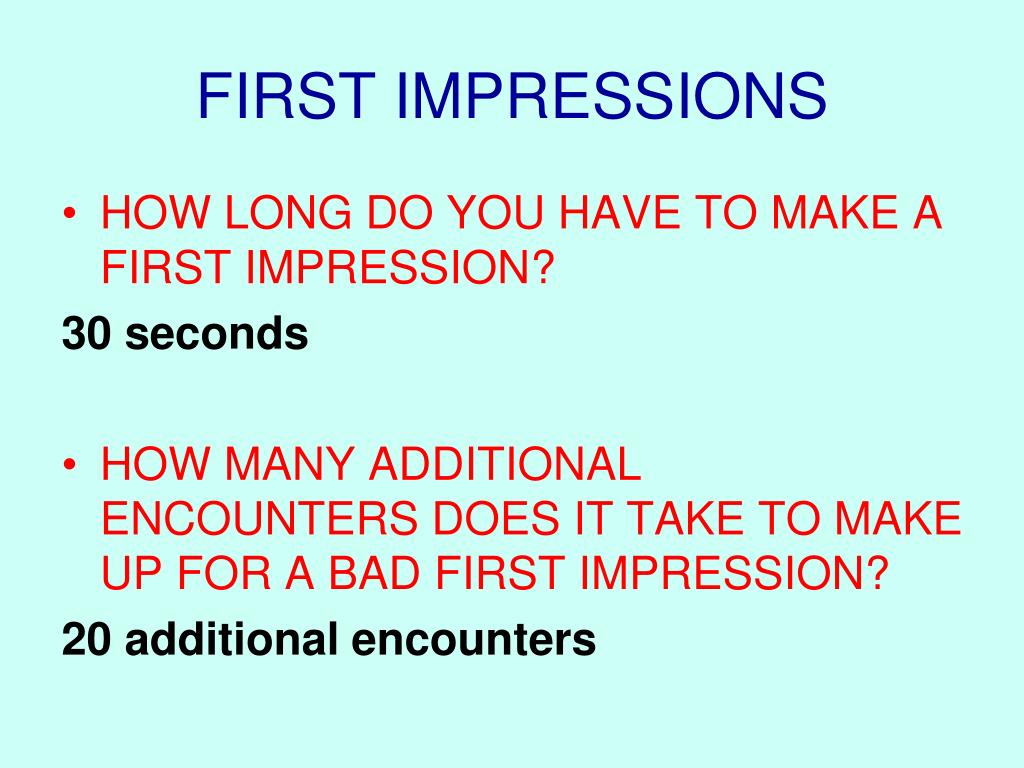
Snap judgments rule: You have mere seconds to make a first impression. Research confirms the window is shockingly small.
This article breaks down the science behind first impressions, revealing exactly how long it takes to form one and what factors influence that crucial initial judgment. Understand the fleeting timeframe and how to navigate it effectively.
The Blink of an Eye: How Quickly We Judge
Studies consistently demonstrate that first impressions form in milliseconds. Psychologist Janine Willis and Alexander Todorov at Princeton University found that judgments of trustworthiness based on facial appearance are made in as little as 100 milliseconds.
Even extending the viewing time doesn't significantly alter these initial assessments. This suggests that our brains are wired to make extremely rapid character judgments based on minimal information.
A 2018 study published in the journal "Psychological Science" further validated this, indicating that even subtle cues are processed almost instantaneously.
Decoding the Elements: What Drives Initial Judgments
Visual cues dominate first impressions. Facial expressions, body language, and attire heavily influence how we are perceived.
According to research by Albert Mehrabian, communication is only 7% verbal. Body language accounts for 55% of the impression, while tone of voice constitutes 38%.
Therefore, even if your words are perfect, your non-verbal signals could sabotage your initial interaction.
The Halo Effect: Appearance Matters
Attractive individuals often benefit from the "halo effect," where positive attributes are automatically ascribed to them. This bias can lead to unfair advantages in social and professional contexts.
Conversely, untidy or unconventional appearances might trigger negative assumptions, even if unwarranted. Dressing appropriately for the situation is therefore essential.
Beyond Appearance: Personality Perceptions
While visual cues are primary, certain personality traits can also be assessed quickly. Sociability, competence, and warmth are common initial judgments.
A study by Amy Cuddy, a social psychologist at Harvard Business School, highlights the importance of projecting confidence and warmth. These qualities strongly influence whether people trust and respect you.
Real-World Impact: From Interviews to Social Gatherings
The speed of first impressions has significant real-world implications. In job interviews, a negative initial impression can be difficult to overcome, regardless of qualifications.
Similarly, in social settings, first impressions can dictate whether or not you forge meaningful connections. Making a positive initial impact is crucial for building relationships.
Dating apps rely heavily on rapid visual assessment. Users make snap judgments based on profile pictures, underlining the power of initial visual appeal.
Mitigating the Risks: Managing Your Impression
Awareness of the speed and influence of first impressions allows for proactive management. Focusing on positive body language, appropriate attire, and confident communication can improve outcomes.
Practice your handshake, maintain eye contact, and actively listen to the other person. These simple actions can significantly enhance your perceived trustworthiness and competence.
Continuously seek feedback on your communication style and presence. This helps identify areas for improvement and ensure you're conveying the desired message.
Further research is focusing on how cultural differences impact the interpretation of first impressions. Understanding these nuances is crucial for effective cross-cultural communication.
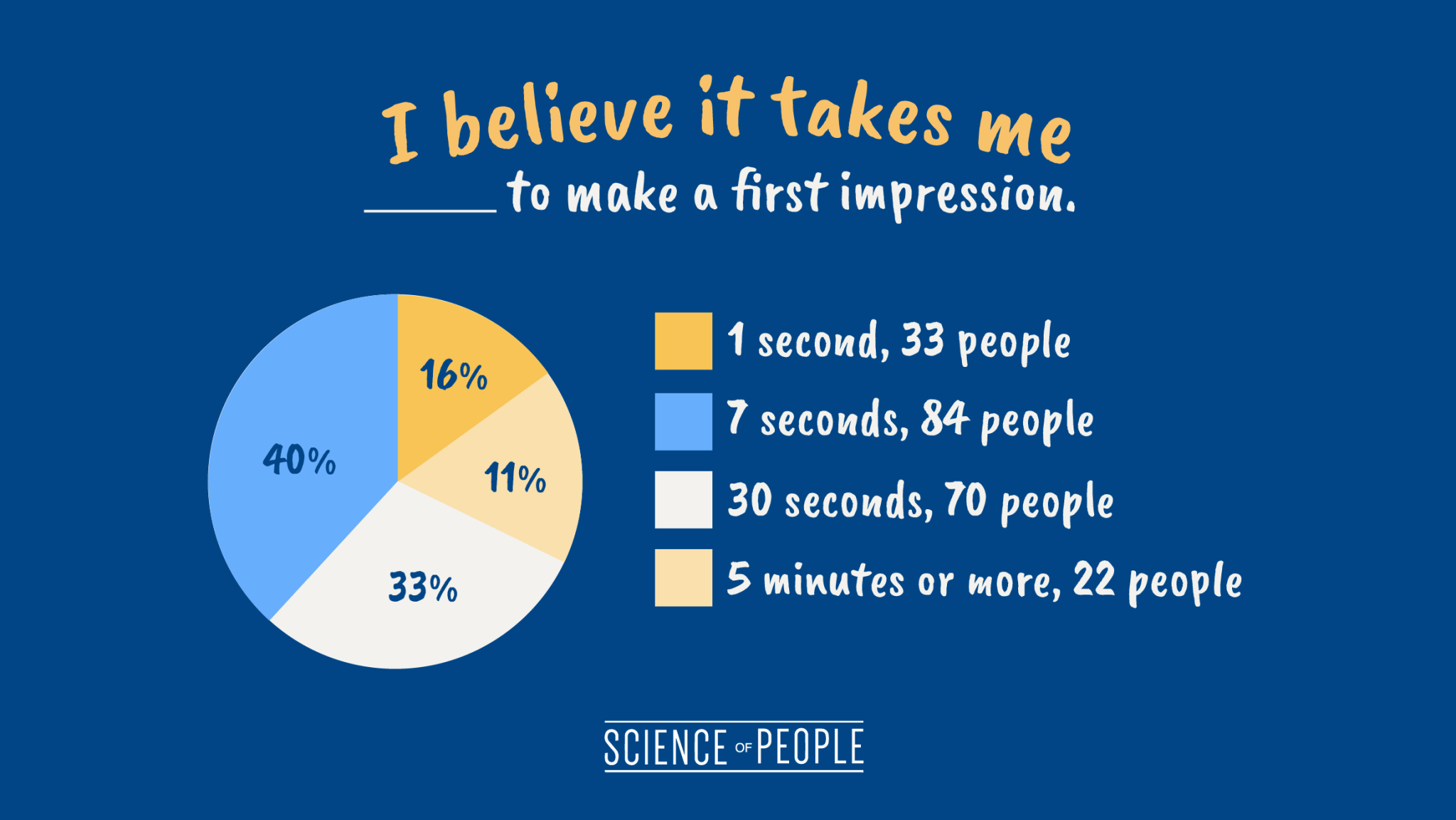


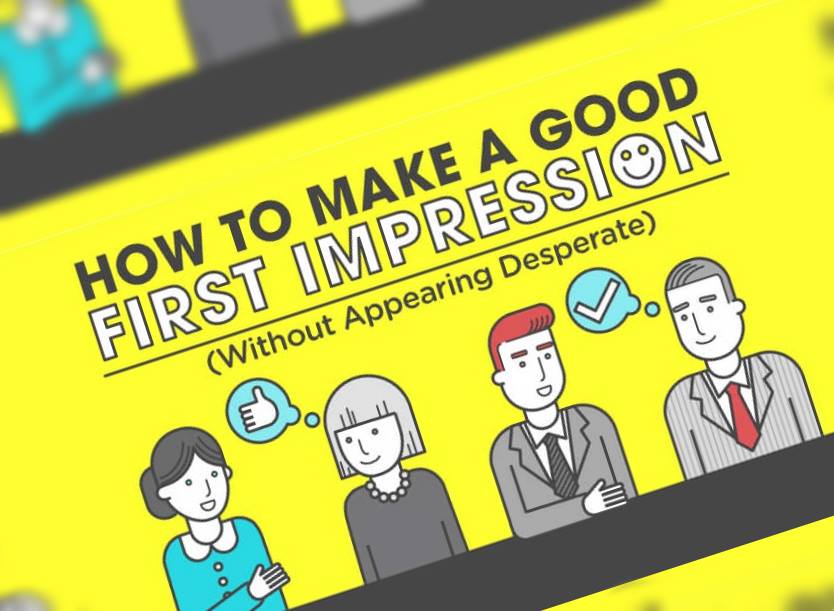

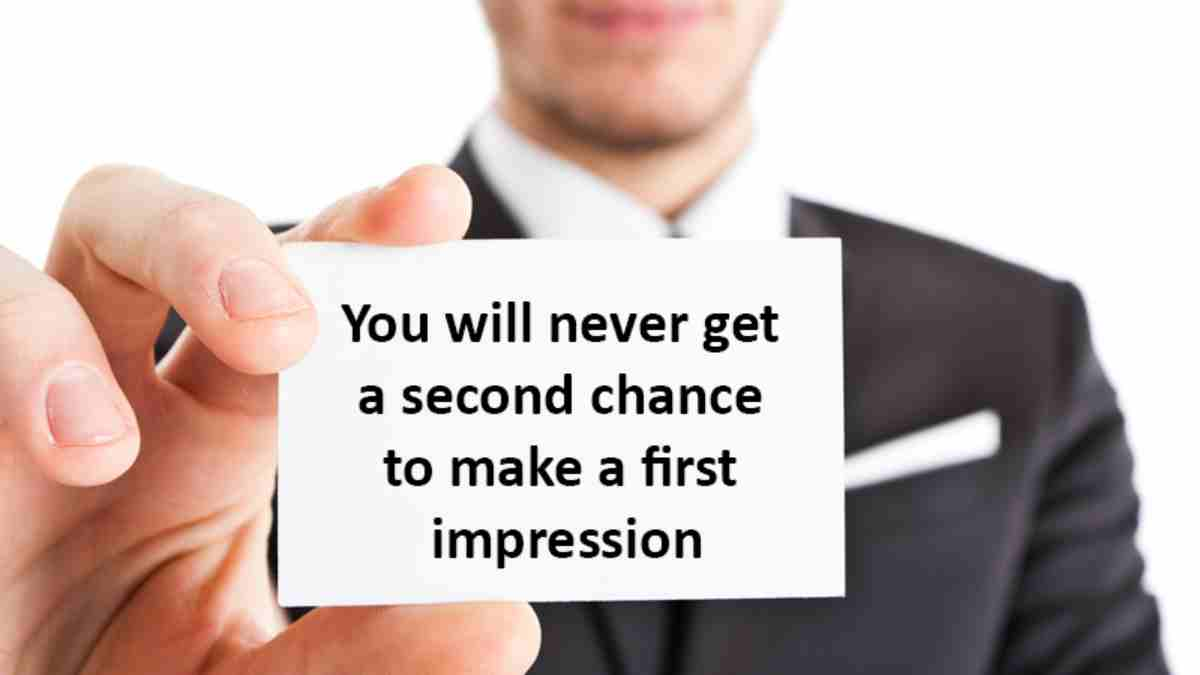
![How Long Does It Take To Make A First Impression How to make a good first impression [the simplest way] | Vulta Blog](https://www.vulta.blog/content/images/size/w960/2023/01/thumbnail-4.png)



